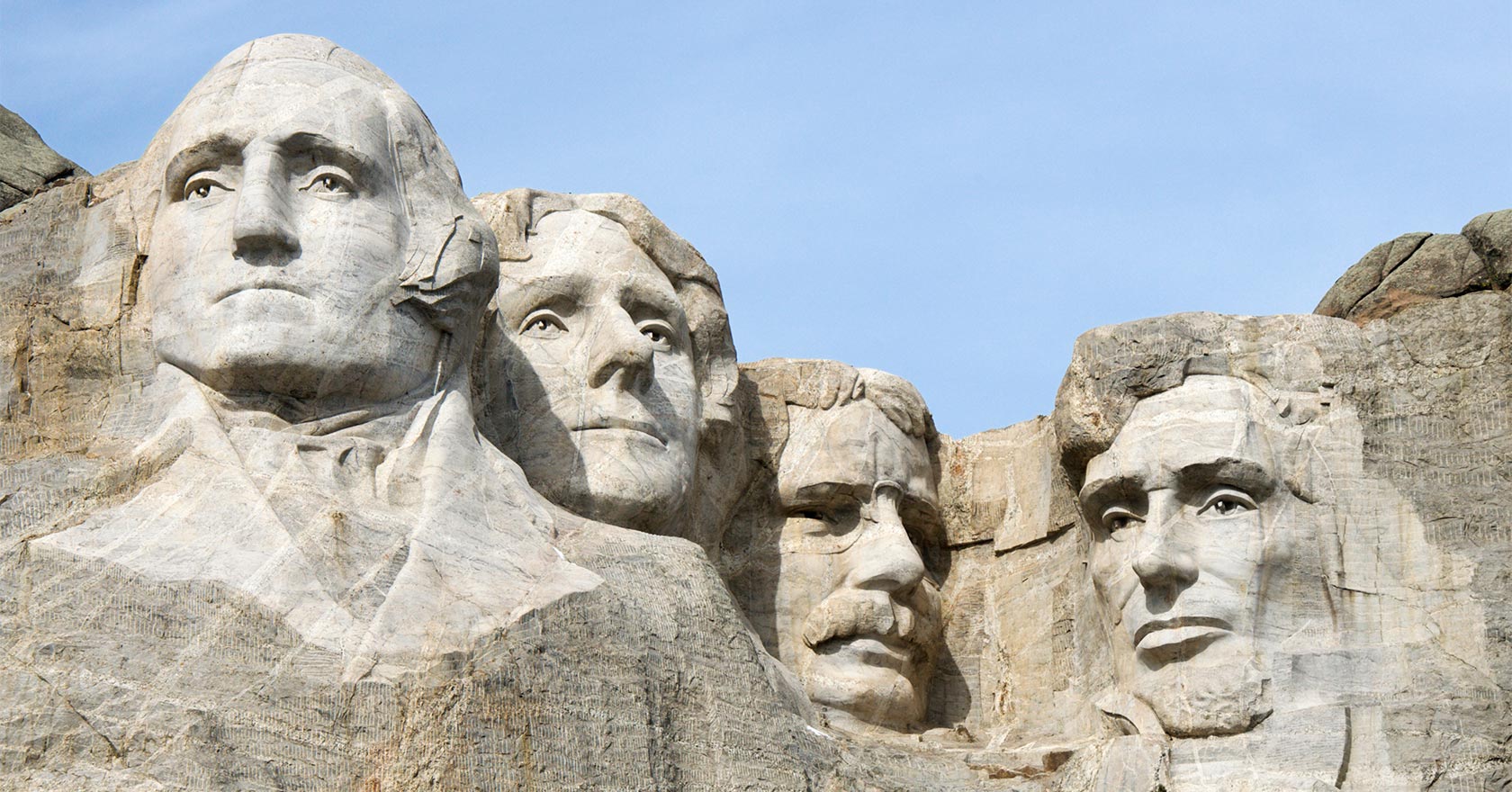We face disasters big and small every year. The United States had 97 natural disasters in 2021; 64 were severe thunderstorms, 14 were wildfires, heat waves, and droughts, and another 12 were flooding and flash floods.
No disaster has a small list of those involved. A stakeholder from every level takes on responsibilities in the response and recovery, from local emergency managers to governors and federal agents. Even the President of the United States gets involved, even if their role is largely invisible to the public.
So, what does escalating an emergency to the federal level look like, and how many disaster declarations has each president played a role in?
Submitting for a Disaster Declaration
If a disaster occurs, most of the time the affected states will take action. Governors and emergency managers from affected jurisdictions work together for a safe recovery. However, if a disaster exceeds the capabilities of the state, local, or tribal government, the response leaders will seek a disaster declaration from the President of the United States (POTUS). This request must be submitted within 30 days of the incident.
In order to get a declaration from the President, the disaster can be any natural or man-made event severe enough to exceed the state’s response capabilities. Hurricanes, tornadoes, storms, high water, tsunamis, earthquakes, snowstorms, fires, floods, explosions, landslides or mudslides are all potential declaration-worthy disasters.
A major disaster declaration is an advantage for state and local level response teams, as the classification opens the door to federal assistance programs for individuals and public infrastructure.
A long process precedes a president’s ink hitting paper, though. Before a request is submitted, a thorough assessment of the disaster site to determine the extent of the damages must be completed; this assessment will pinpoint what type(s) of federal assistance will be required. After collecting all the data, the state will then request Joint Preliminary Damage Assessments (PDAs) from its respective FEMA Regional Office.
A disaster declaration review considers many factors to determine the severity and impact of disaster. Type of damage, impact on infrastructure and essential government services, threats to safety, the level of insurance coverage for homeowners and public facilities, dispersion of the damage, and any recent disaster history all weigh in.
Once the declaration is accommodated, the state has to sign an agreement with FEMA to have the assistance delivered. After reviewing the declaration, the state will then have 72 hours to request any necessary adjustments. Major disaster declaration will draw more resources from federal assistance programs that include funds for emergency and permanent work.
Presidents and Disasters: A Numbers Game
No president in the modern era hasn’t responded to major disasters.
President Franklin Roosevelt’s (FDR) time in office started the shift in handling disasters. The Great Hurricane of 1938 (Hurricane Irene) powered through the entire northeast, an area including Massachusetts, Rhode Island, Connecticut, and Long Island. About 700 people lost their lives and hundreds more were injured due to this storm.
In most cases, a disaster like Hurricane Irene would activate local authorities and groups such as the Red Cross for assistance. FDR used his leadership to promote the federal government’s role in local and state-level emergencies, an action with a legacy in today’s federal government.
Focusing in on the past few decades, President Barack Obama saw the fewest hurricanes, totalling four in his two terms. His predecessor, President George W. Bush, had 18 total storms, including Hurricane Katrina. Overall, Bush had declared 422 major disasters during his two-term presidency, including a medley of storms, tornadoes, wildfires, and floods; this was an 11% increase over his predecessor, President Bill Clinton.
The presidents with under 100 Disaster Declarations during their terms were President John F. Kennedy (52), President Gerald Ford (76), and President Lyndon B. Johnson (93).
Declarations and Better Outcomes
Disasters and emergencies are inevitable, so it’s how we respond to them that makes the difference. Governors, presidents, and other leaders have strong influences on each response and can turn a poor situation into something with better outcomes. A disaster declaration may seem like a scary step, but making that call is a tide turner, giving states and local leaders more support for the communities.








